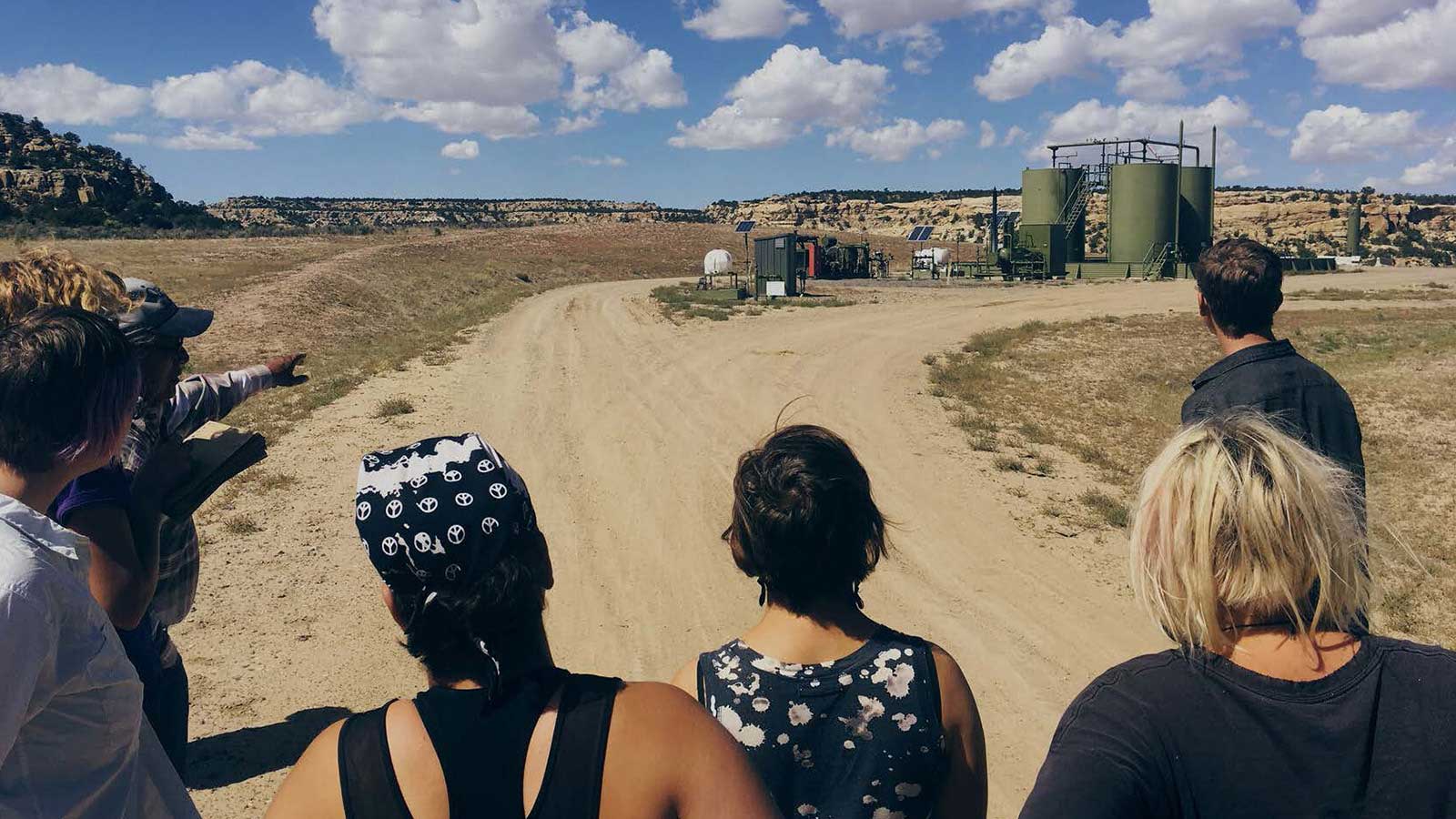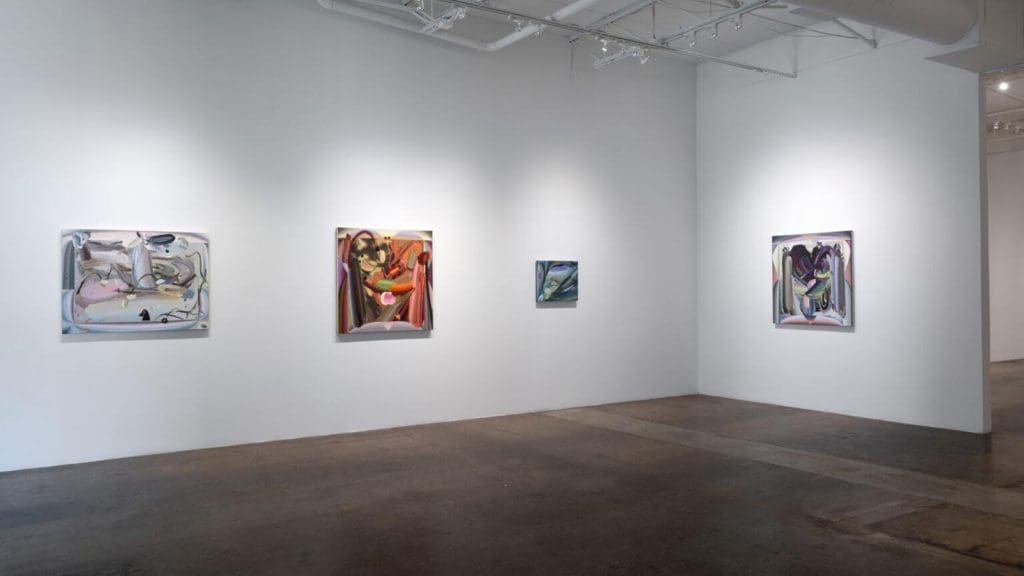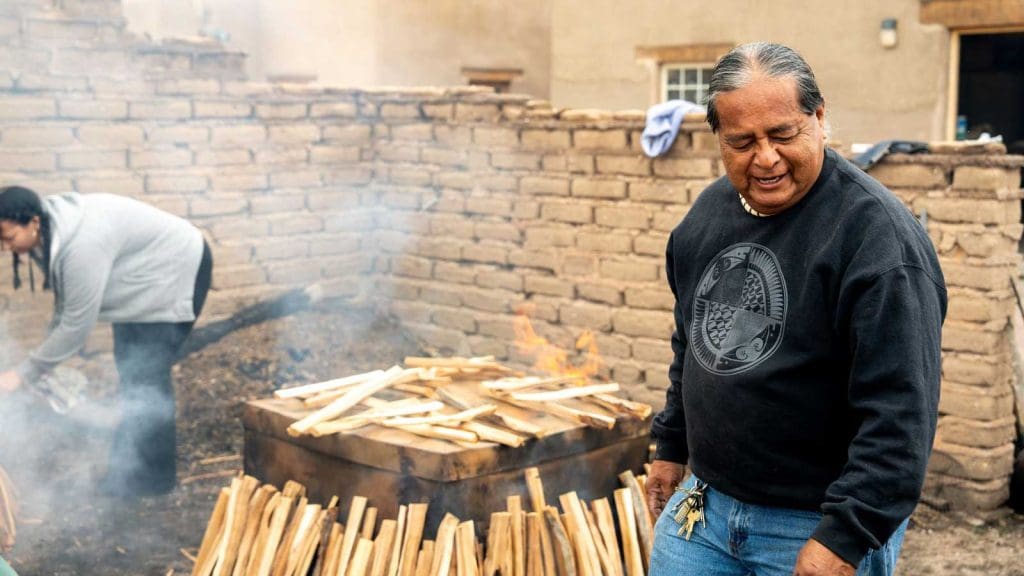The UNM Department of Art’s RAVEL Lab was featured in a recent e-flux journal article by Brian Karl. Published on June 13, 2025, as part of e-flux Education’s mid-June focus on U.S. institutions across the South and Southwest, the feature spotlights the RAVEL Lab within Art & Ecology program at The University of New Mexico.
The RAVEL Lab centers its work on relationship-building with communities, land, watersheds, and histories. Rather than prioritizing specific materials, media, or disciplinary boundaries, RAVEL encourages a process-based practice shaped through lived experience and collective engagement. Formerly known as Land Arts of the American West, the RAVEL Lab offers field-based Art & Ecology courses that support the intersection of artistic practice, ecological research, and cultural engagement. Today, RAVEL is a creative community committed to regenerative practices, operating within a framework of situated, biophilic, and relational ecologies.
“I would say relationships are the medium,” stated by Kaitlin Bryson, RAVEL’s co-director and Assistant Professor, when asked to describe the lab.
Bryson, first encountered Art & Ecology as a graduate student at UNM, found in the program a rare space where her interests in agroecology and art could meaningfully converge. That convergence now forms the foundation of RAVEL’s mission: to cultivate art through direct, reciprocal, and regenerative relationships with place.
For the final feature in the series, Brian Karl considers how the RAVEL Lab works with local communities to teach artistic practice and environmental care in tandem.
ADDITIONAL RESOURCES:
1) READ THE FULL e-flux journal article by Brian Karl, “What the land knows: the Radical Art ▽ Ecology Lab (RAVEL) in and around Los Alamos,” published on June 13, 2025 by visiting
https://www.e-flux.com/education/features/673273/what-the-land-knows-the-radical-art-ecology-lab-in-and-around-los-alamos
2) LEARN MORE about the Art & Ecology program within the UNM Dept. of Art by visiting https://art.unm.edu/programs/art-studio/art-ecology





